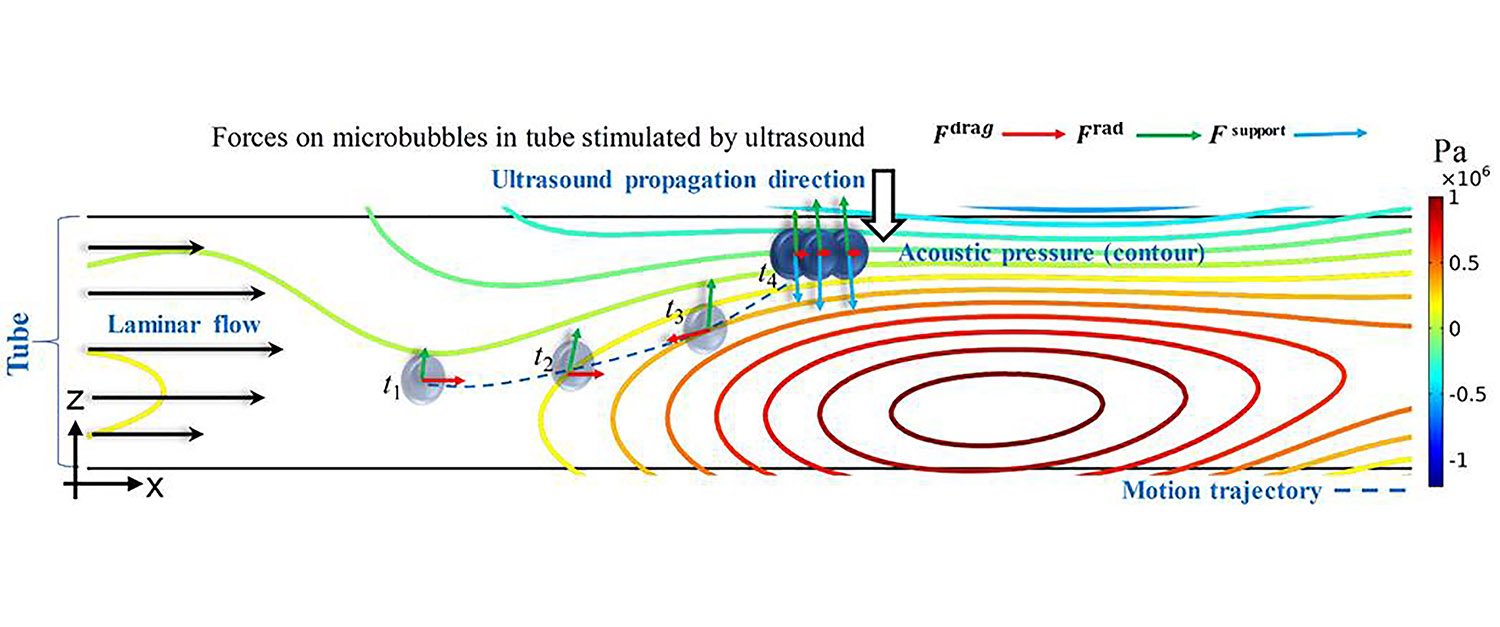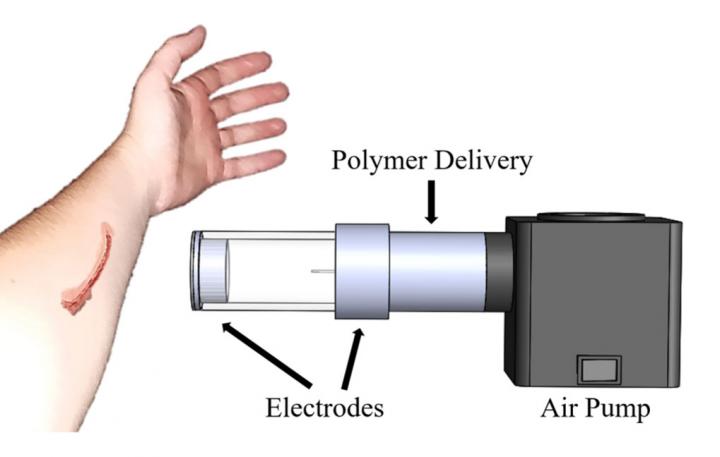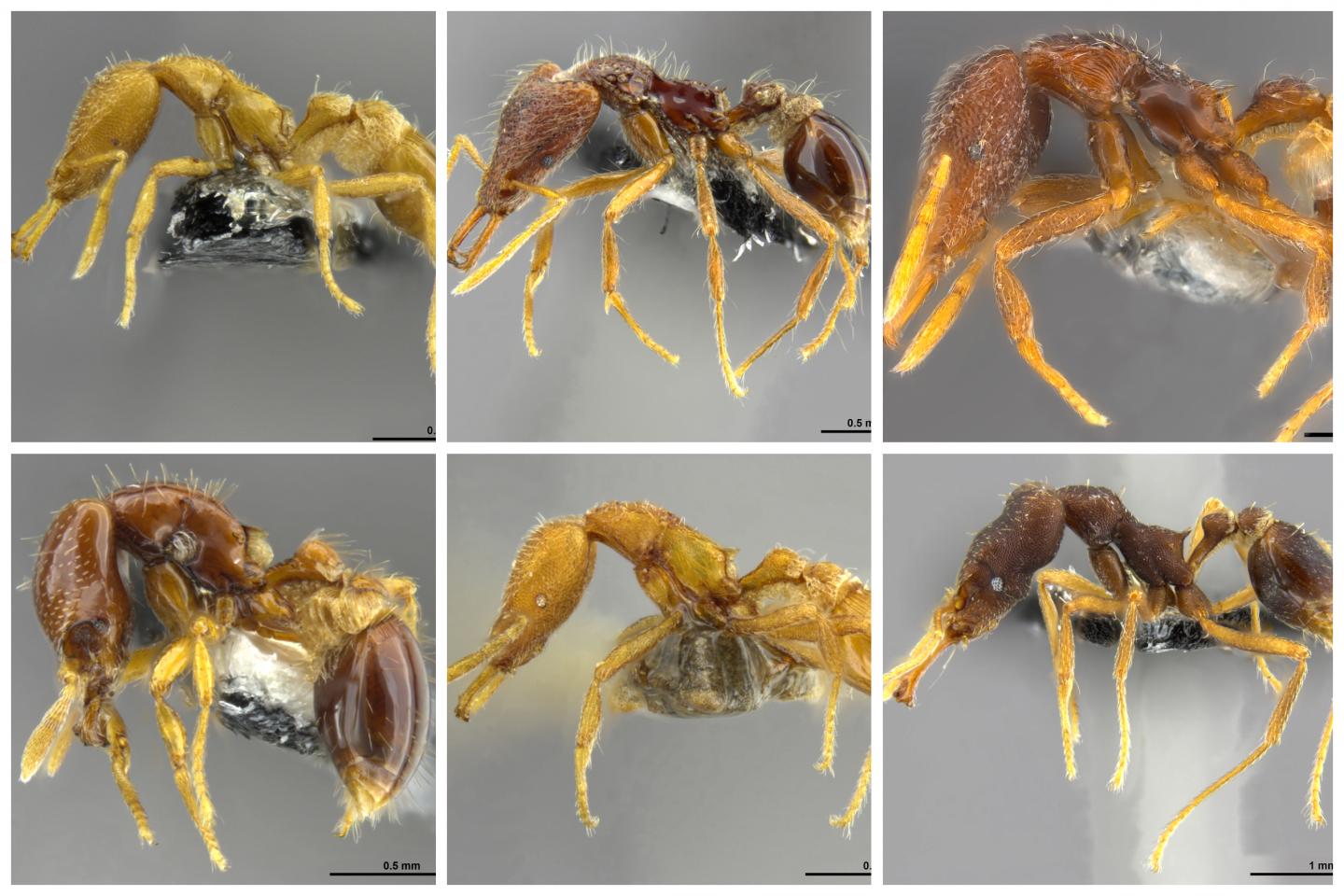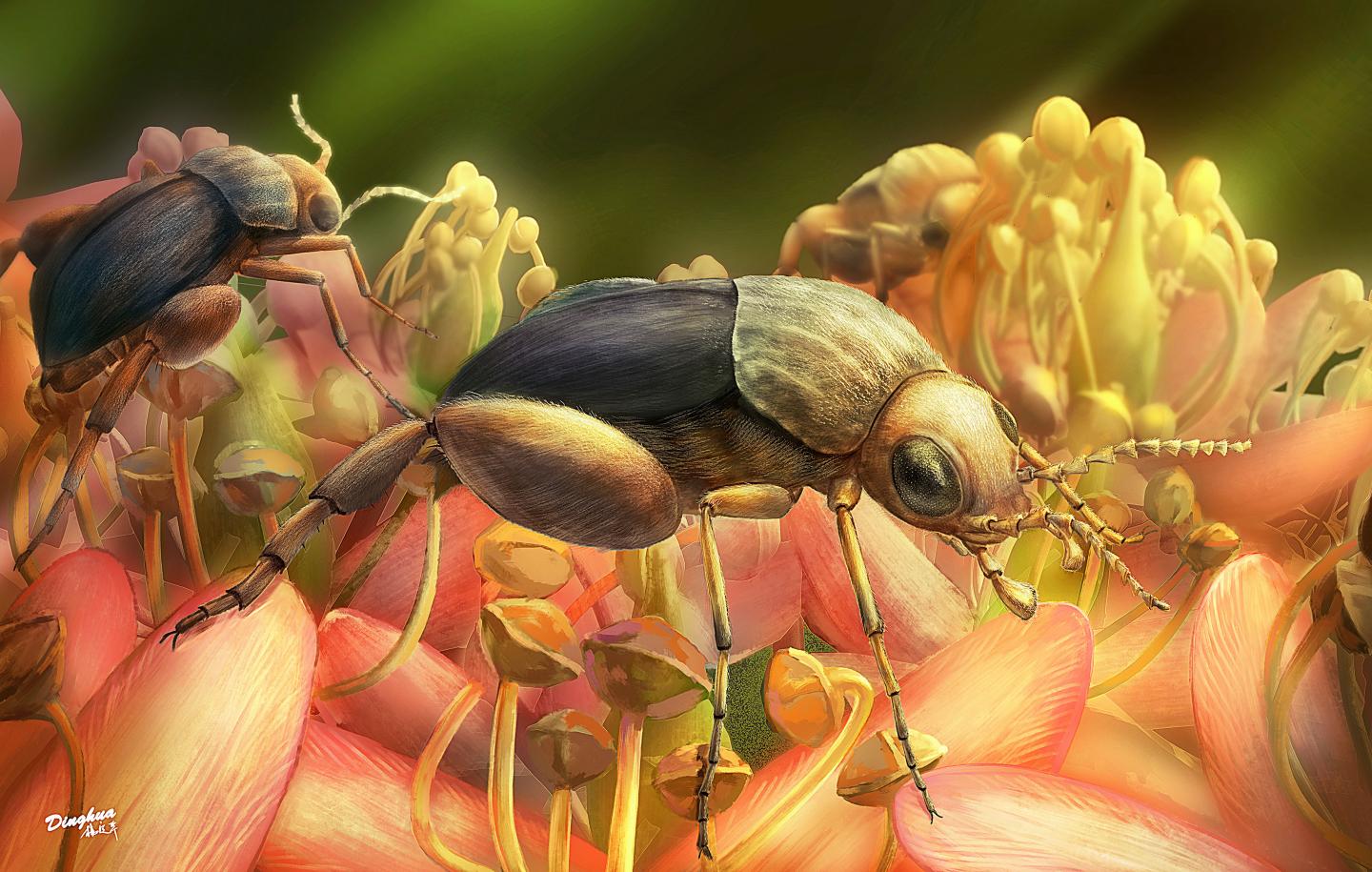Cardiologists establish how e-cigarettes damage the brain, blood vessels and lungs
Cardiologists have issued a stark warning about the dangers of e-cigarettes, particularly for young people, as results of new research show the damage they cause to the brain, heart, blood vessels and lungs. The study, which is published in the European Heart Journal today (Wednesday), also identifies some of the mechanisms involved, for which there has been … Read more









